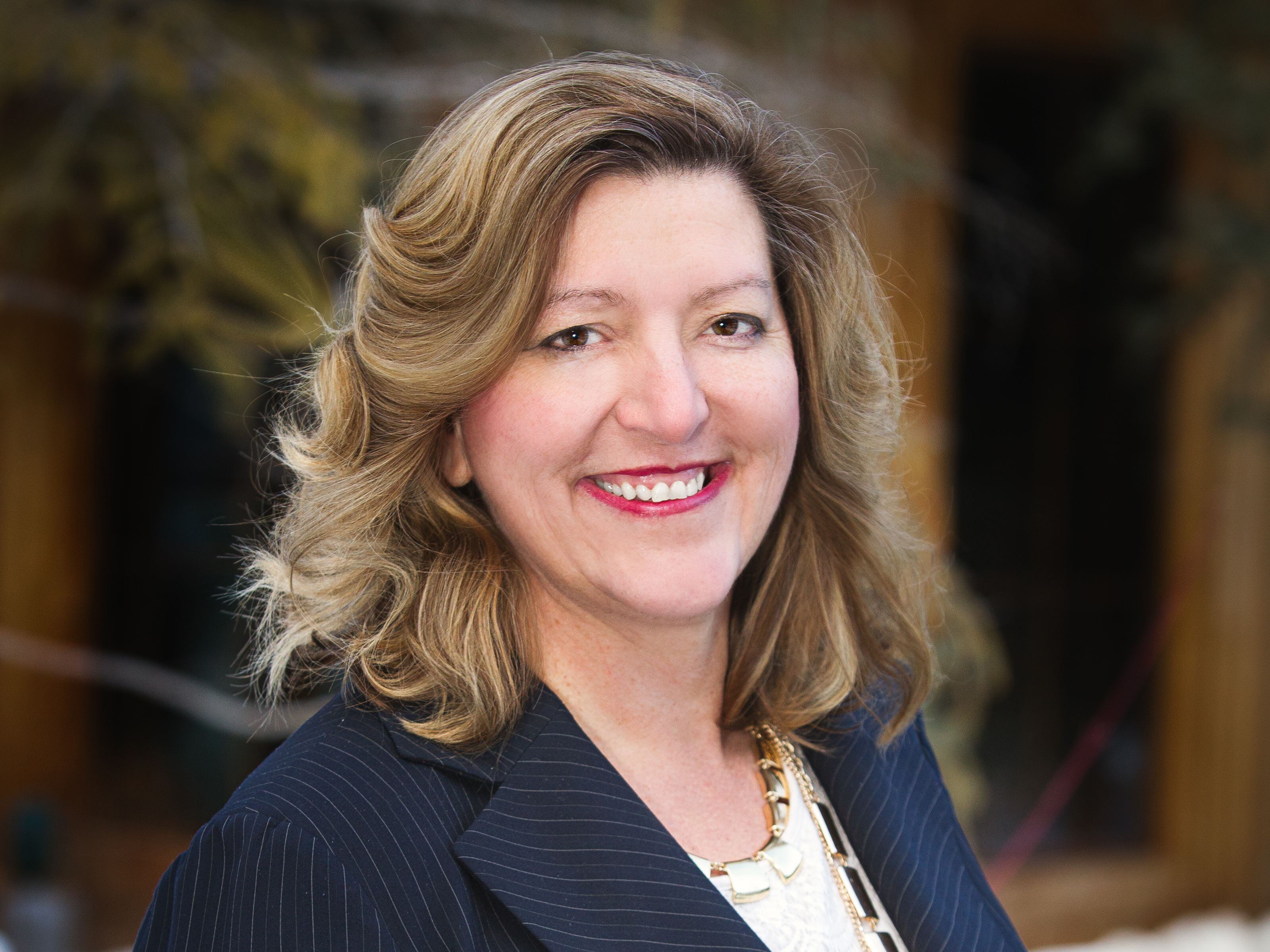If you’ve been following this week’s news of the rich and famous, you know by know that millionaire financier Jeffrey Epstein was arrested and charged with federal crimes of sex trafficking and conspiracy to commit sex trafficking.
Many of the headlines since then have read that he is accused of “Sex with underage women.” Really? Why are we whitewashing? Why are we not calling it what it is? Rape of children. Trafficking of children. This man and many of his “friends” were allegedly raping children for their amusement.
How sick is it that these girls — these children — were not only raped and trafficked around the country and internationally, their abusers groomed at least some of them to become “recruiters.”
When some victims went to law enforcement with their abuse, they were offered hush money in one hand and threats with the other. It takes remarkable courage for these survivors to stay the course. They deserve the biggest of kudos. In the end, I believe their efforts will end up protecting many other potential victims.
Alexandra Wolfe wrote about what happened with Epstein’s circle of friends after he finished his slap-on-the-wrist sentence for “procuring a person under age 18 for prostitution.” Nothing. In fact, they circled the wagons. “The conventional wisdom among his friends,” Wolfe wrote, was that Epstein had been “victimized by greedy, morally dubious teenage girls and unscrupulous lawyers.” Darn those children for being raped.
Epstein, who already got one sweetheart of a “deal,” is looking for another. He promises to turn over the names of people in his network who paid for sex with underage girls. Um, people on his private jet, nicknamed the “Lolita Express,” people like Bill Clinton and Donald Trump, wouldn’t have paid. The young girls were there as a “perk.”
On July 8, Clinton issued a statement regarding the charges against Epstein in which stated in part that the former president took “a total of four trips on Jeffrey Epstein’s airplane” in 2002 and 2003. However, flight logs show Clinton had been on the plane 12 times, though it may be at least twice that amount. Donald Trump once called Epstein a "terrific guy" who "likes beautiful women as much as I do, and many of them are on the younger side.”
Yasmin Vafa, the executive director of Rights4Girls and an attorney recently addressed claims by Epstein’s lawyers it was not child trafficking because “there was no violence.” According to Vafa, under federal law, “there is no need to show force, fraud or coercion” when it comes to minors.
“Under the federal law, anyone who recruits, patronizes, solicits a minor under the age of 18 for the purposes of a commercial sex act can be found guilty of trafficking,” she said. “A commercial sex act is actually really broadly defined under the federal law. It encompasses any sex act that’s exchanged for anything of value.”
Lest we be under the illusion that this is something that happens to other people, from other places, federal data on sex trafficking within the United States show that upwards of 80 percent of all confirmed sex trafficking cases involve U.S. citizens.
Even when obscene amounts of wealth aren’t being thrown around to let the “rich and famous” skate, sexual assault convictions are absurdly low. According to RAINN (Rape, Abuse & Incest National Network), only five out of every 1,000 rapes ends in a felony conviction, while the Washington Post puts it slightly higher, at seven out of 1,000. Either way, the conviction to rape ratio is under 1%. That is abhorrent.
Angelina Jolie said “We must send a message across the world that there is no disgrace in being a survivor of sexual violence - the shame is on the aggressor.”
Every rapist, from the school bus driver, the college prep student, the Jeffrey Epstein’s of the world and even the presidents of the United States, must be held accountable.

Holly Richardson, a regular contributor to The Salt Lake Tribune, wants victims — survivors — to know that sexual abuse is not their fault, there is nothing wrong with them and there is hope and healing after the trauma. If you are currently not safe, please do whatever you need to get yourself to safety.






























